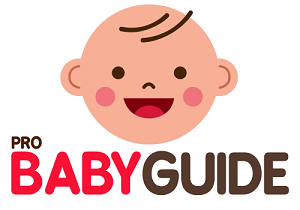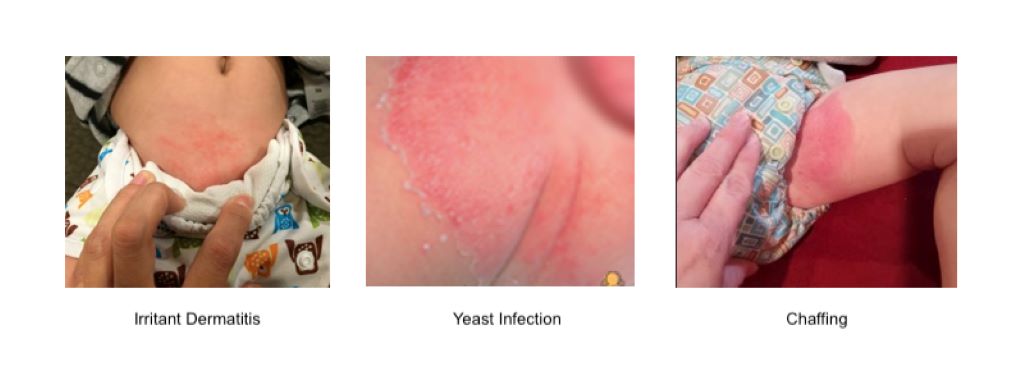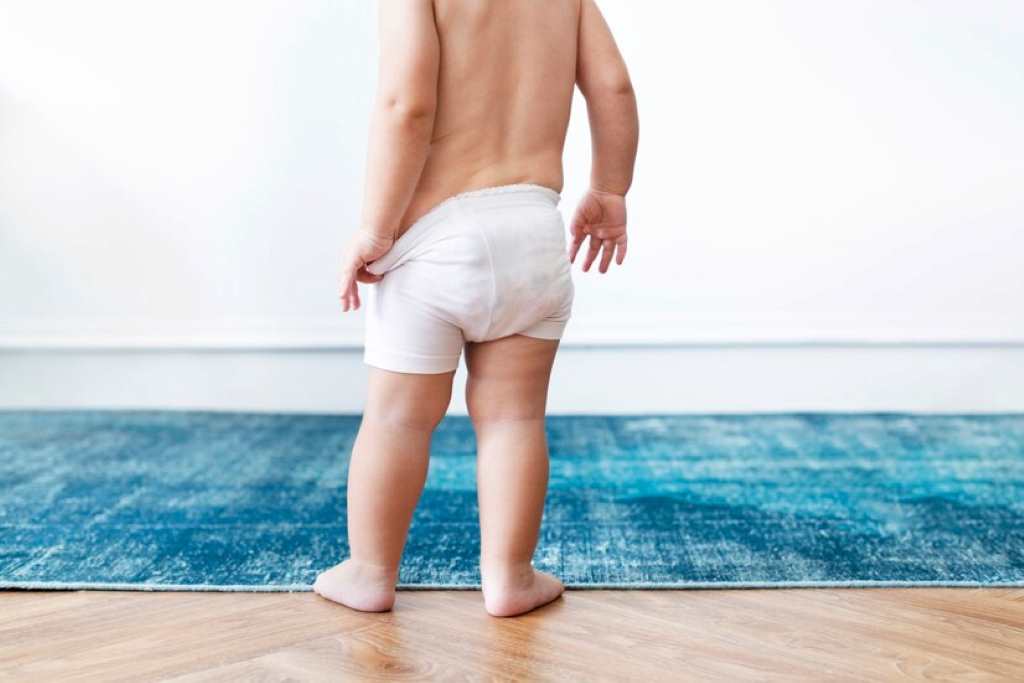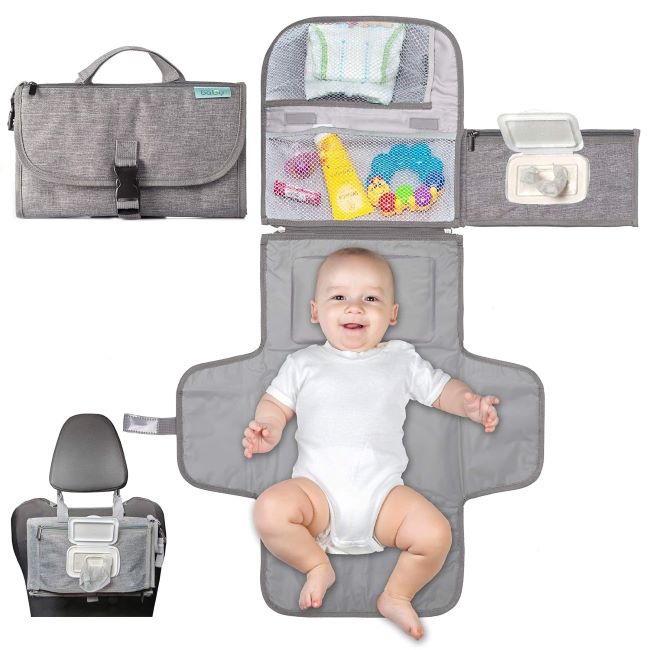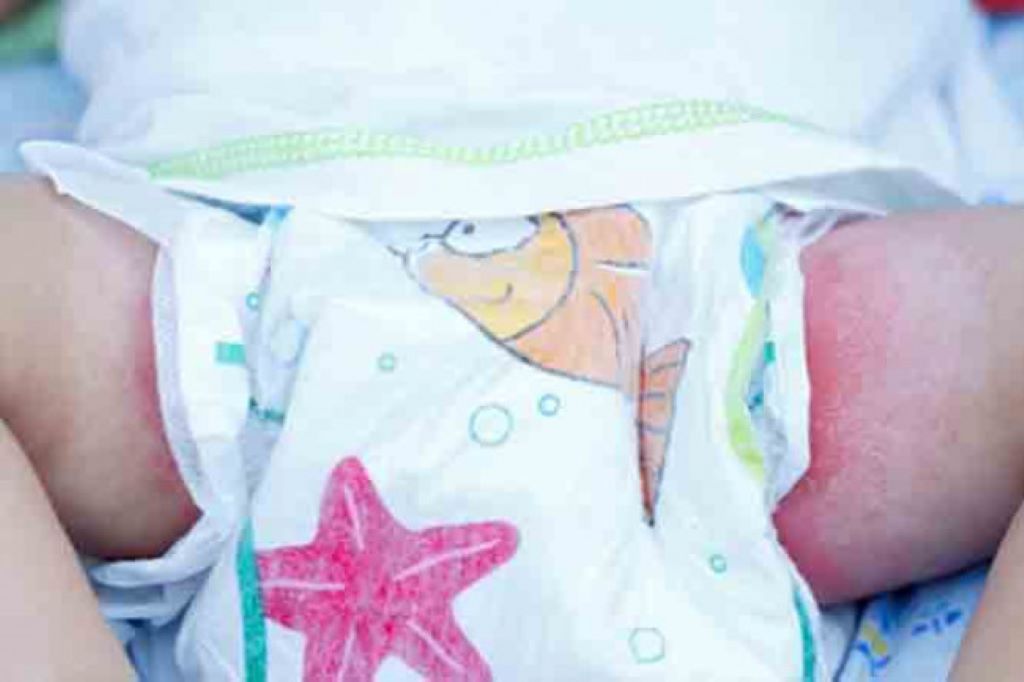Diaper rash and yeast infection are common skin concerns in babies, often causing distress and discomfort. Although both conditions can cause redness and irritation in the diaper area, they have distinct characteristics and require specific treatment approaches. This comprehensive guide will help you differentiate between diaper rash and yeast infection, understand their causes, and provide helpful tips on prevention and treatment.
Understanding Diaper Rash
Medically known as diaper dermatitis, is a common skin condition characterized by redness, inflammation, and sometimes scaling or blistering in the diaper area. It primarily occurs due to prolonged contact of the baby’s delicate skin with urine and feces, creating a warm, moist environment conducive to irritation and inflammation.
Causes
- Prolonged Wetness: Infrequent diaper changes or diapers with poor absorbency can trap moisture against the skin, leading to maceration and breakdown.
- Friction and Chafing: Tight-fitting diapers or clothing can rub against the skin, causing irritation and contributing to diaper rash.
- Irritants: Exposure to certain substances like detergents, soaps, fragrances, or wipes can trigger an allergic reaction or irritant dermatitis.
- Introduction of New Foods: When babies start solid foods, their stool composition changes, which can sometimes lead to increased it.
- Antibiotics: Antibiotics can disrupt the natural balance of bacteria in the gut, sometimes leading to diarrhea, which can increase the risk of it.
Symptoms of Diaper Rash
- Redness and inflammation in the diaper area, typically affecting the buttocks, genitals, and inner thighs
- Tenderness or soreness in the affected area
- Scaling, dryness, or peeling skin
- Small bumps or blisters
Understanding Yeast Infection
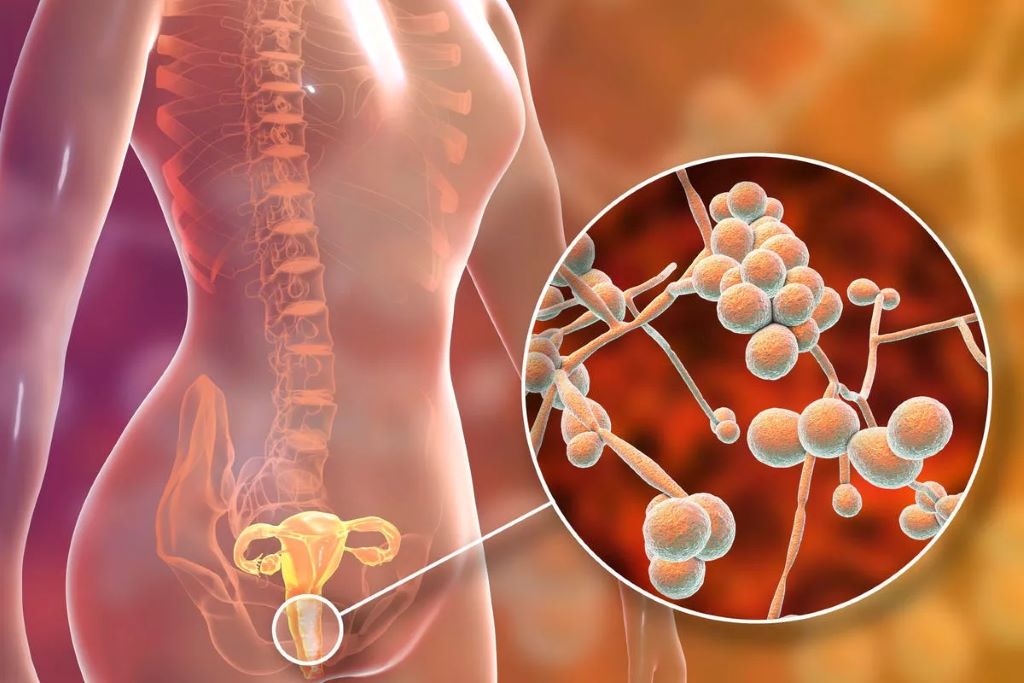
Yeast infection, also known as candidiasis, is a fungal infection caused by an overgrowth of Candida albicans yeast. This fungus thrives in warm, moist environments, making the diaper area susceptible to infection. While yeast infections are common in babies, they can also occur in adults.
Causes of Yeast Infection
- Warm, Moist Environment: The diaper area provides an ideal breeding ground for yeast due to its warmth and humidity.
- Antibiotic Use: Antibiotics can disrupt the natural balance of bacteria and fungi in the body, sometimes leading to an overgrowth of yeast.
- Weakened Immune System: Babies with weakened immune systems or underlying health conditions may be more susceptible to yeast infections.
Symptoms of Yeast Infection
- A bright red rash with well-defined borders, often located in the skin folds
- Satellite lesions or small red bumps scattered around the main rash
- Itching or burning sensation
- Thick, white discharge
Differentiating Between Diaper Rash and Yeast Infection
While both conditions can cause redness and irritation in the diaper area, several key differences can help you distinguish between diaper rash and yeast infection:
- Location: Diaper rash typically affects the buttocks, genitals, and inner thighs, while yeast infection often appears in the skin folds, such as the groin or between the buttocks.
- Appearance: It usually presents as a diffuse area of redness, whereas yeast infection has a more distinct border and may have satellite lesions.
- Associated Symptoms: Yeast infection often causes intense itching or burning, while rash might cause tenderness or soreness.
- Response to Treatment: It usually improves with frequent diaper changes, air drying, and the use of barrier creams. Yeast infection typically requires antifungal medication to clear.
Prevention and Treatment
Preventing and treating diaper rash and yeast infection involves similar hygiene practices and targeted treatment approaches.
Prevention
- Frequent Diaper Changes: Change your baby’s diaper frequently, especially after bowel movements, to prevent prolonged contact with urine and feces.
- Gentle Cleansing: Use mild, fragrance-free soaps and wipes for cleaning the diaper area. Avoid harsh scrubbing or rubbing.
- Air Drying: Allow the diaper area to air dry whenever possible to reduce moisture.
- Barrier Creams: Apply a thin layer of barrier cream, such as zinc oxide or petroleum jelly, to protect the skin from moisture and irritation.
- Proper Diaper Fit: Ensure diapers fit snugly but not too tightly, and avoid tight-fitting clothing that can cause friction.
Treatment
- Diaper Rash:
- Frequent diaper changes and air drying.
- Barrier creams to protect the skin.
- Consider over-the-counter hydrocortisone cream for severe cases.
- If the rash persists or worsens, consult your pediatrician.
- Yeast Infection:
- Antifungal medication prescribed by your pediatrician is typically applied topically to the affected area.
- Continue good hygiene practices.
- If the infection does not improve or spreads, seek further medical advice.
Related: What is Considered a Wet Diaper: Everything You Need to Know
When to Consult a Pediatrician
While mild cases of diaper rash and yeast infection can often be managed at home, it is crucial to consult your pediatrician if:
- The rash persists or worsens despite home treatment.
- Your baby develops a fever or other signs of illness.
- The rash appears infected, with oozing, pus, or increasing pain.
- You are unsure whether the rash is a diaper rash or a yeast infection.
Remember, early diagnosis and appropriate treatment are essential for effectively managing it and yeast infection, promoting your baby’s comfort and well-being. By following good hygiene practices and seeking timely medical advice, you can help prevent and treat these common skin conditions, ensuring your baby’s skin stays healthy and happy.
Related: How Long Can a Baby Stay in a Poopy Diaper
Additional Tips
- Use fragrance-free laundry detergents and avoid fabric softeners when washing cloth diapers or baby clothes.
- Avoid using talcum powder in the diaper area, as it can irritate the skin and be inhaled by the baby.
- If breastfeeding, consider avoiding potential allergens in your diet, as these can sometimes contribute to it.
- Dispose of soiled diapers properly to prevent the spread of bacteria and fungi.
By following these comprehensive guidelines and staying vigilant for any signs of skin irritation, you can effectively manage diaper rash and yeast infection, promoting your baby’s comfort and overall health. Remember, your pediatrician is always available to address any concerns and provide tailored advice for your baby’s specific needs.
